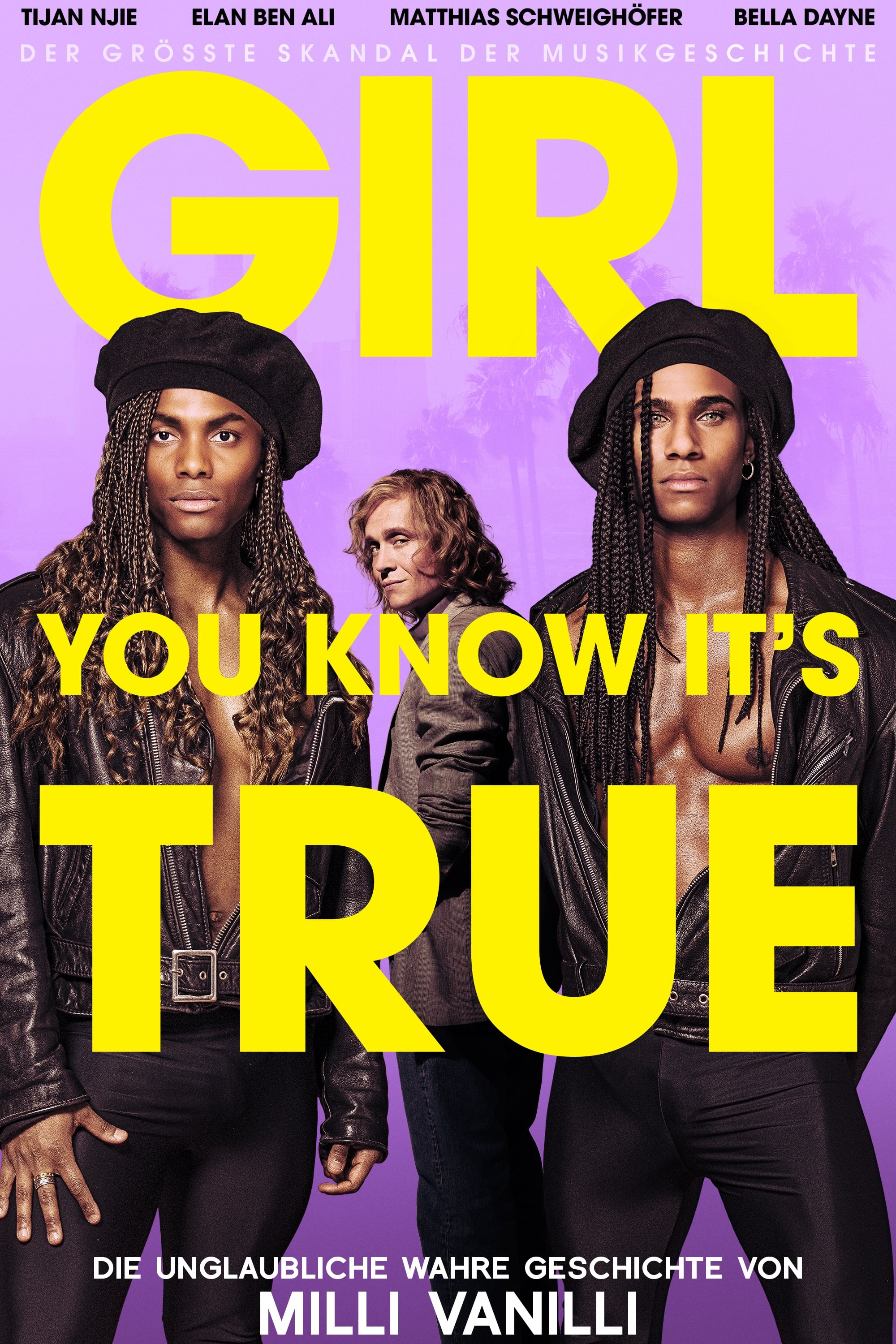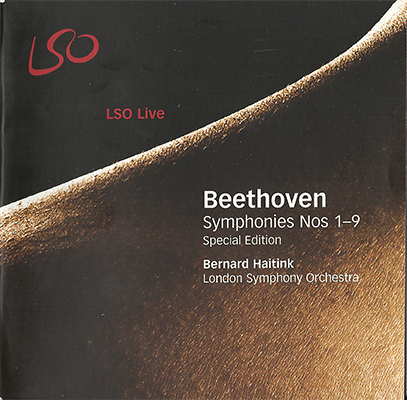
Beethoven-Liszt – Symphonies Nos. 3 & 8 – Yury Martynov (2014)
FLAC (tracks) 24-bit/88,2 kHz | Time – 01:21:45 minutes | 1,21 GB | Genre: Classical
Studio Master, Official Digital Download – Source: Qobuz | Digital Booklet | © Zig-Zag Territoires / Outhere Music
Recorded: 23 to 27 september 2013 in Doopsgezinde Gemeente Church, Haarlem, Netherlands
Transcription, for Franz Liszt, was in equal measure a means of celebrating the genius of Beethoven and of meditating on his works. It was also a way of provoking a well-nigh titanic confrontation between the resources of the pianist and his instrument and the immense potential of the orchestra. Thus the power of the interpreter’s conception, his understanding of the essence of the work, become the crucial factor in Liszt’s approach and in the adventure offered to the listener.
For the third volume of his complete set of Liszt’s transcriptions of the Beethoven symphonies, Yury Martynov has chosen a piano of 1867 made by Blüthner, whose instruments were much admired by Liszt.
The fourth and fifth volumes in the series will be released in early 2015 and early 2016 respectively. Yury Martynov will also record a Prokofiev programme on a modern piano, which will be issued by Zig-Zag Territoires in the autumn of 2014.
For the latest installment in this period-instrument cycle-in-progress featuring the Beethoven symphonies in Franz Liszt’s solo-piano transcriptions, Yury Martynov uses a rare, recently restored concert model 1867 Blüthner. In addition to its distinct registral characteristics, I also assume that its keyboard action is light and responsive, judging from Martynov’s effortless dispatch of the Eighth symphony finale’s all-but-impossible repeated notes.
As a transcriber Liszt knew how to transform non-pianistic orchestral effects into idiomatic and logical keyboard writing, and had a sixth sense for what to include and what to leave out. That doesn’t make his Beethoven arrangements any less challenging to execute, yet Martynov’s technique knows no difficulties. Sometimes Martynov’s distortions of phrase, tempo modification, and accents are extreme to the point of mannerism: the “Eroica” Allegro con brio’s swooning second subject; No. 8’s lurching speed-ups and slow-downs in the first movement; the mincing accentuations in the Menuetto.
Yet the playing never lacks continuity or kinetic momentum. In fact, the “Eroica” inner movements prove relatively disciplined from a metric standpoint, as the Scherzo’s firmly sprung soft detached chords and cross-rhythmic syncopations bear out. And although the lyrical character of No. 8’s three-note motive (similar to the one that opens the Rondo of Schubert’s G major D. 894 sonata) and clipped woodwind chords is softened through Martynov’s rhapsodizing, the music’s sardonic undertones still are apparent. The bottom line is that Martynov’s formidable keyboard command and strong musical personality draw you in and compel you to listen. I await this cycle’s remaining volumes with curiosity and anticipation. -Jed Distler, ClassicsToday
Tracklist:
Ludwig van Beethoven (1770-1827)
Transcribed for Piano by Franz Liszt (1811-1886)
Symphony No. 3 in E-Flat Major, Op. 55 “Eroica”
1. I. Allegro con brio 17:38
2. II. Marcia funebre (Adagio assai) 17:55
3. III. Scherzo (Allegro vivace) 05:55
4. IV. Finale (Allegro molto) 11:47
Symphony No. 8 in F Major, Op. 93
5. I. Allegro vivace e con brio 09:40
6. II. Allegretto scherzando 03:49
7. III. Tempo di menuetto 05:26
8. IV. Allegro vivace 09:37
Personnel:
Yury Martynov, piano
Blüthner piano, c.1867 (Edwin Beunk collection)
Download:
mqs.link_BeethvenLisztSymphniesNs.38YuryMartynv201488.224.part1.rar
mqs.link_BeethvenLisztSymphniesNs.38YuryMartynv201488.224.part2.rar










![Beethoven-Liszt - Symphonies Nos. 7 & 1 - Yury Martynov (2013) [Qobuz FLAC 24bit/88,2kHz] Beethoven-Liszt - Symphonies Nos. 7 & 1 - Yury Martynov (2013) [Qobuz FLAC 24bit/88,2kHz]](https://getimg.link/images/imgimgimg/uploads/2017/03/pvf9SJM.jpg)
![Beethoven-Liszt - Symphony No. 9 - Yury Martynov (2016) [Qobuz FLAC 24bit/88,2kHz] Beethoven-Liszt - Symphony No. 9 - Yury Martynov (2016) [Qobuz FLAC 24bit/88,2kHz]](https://getimg.link/images/imgimgimg/uploads/2017/03/lXkOI3l.jpg)
![Beethoven-Liszt - Symphonies Nos. 4 & 5 - Yury Martynov (2015) [Qobuz FLAC 24bit/48kHz] Beethoven-Liszt - Symphonies Nos. 4 & 5 - Yury Martynov (2015) [Qobuz FLAC 24bit/48kHz]](https://getimg.link/images/imgimgimg/uploads/2017/03/JxnxVAn.jpg)
![Carl Nielsen - Symphonies Nos. 1-6 - London Symphony Orchestra, Sir Colin Davis (2015) [Blu-Ray Pure Audio Disc + DSF Stereo DSD64/2.82MHz] Carl Nielsen - Symphonies Nos. 1-6 - London Symphony Orchestra, Sir Colin Davis (2015) [Blu-Ray Pure Audio Disc + DSF Stereo DSD64/2.82MHz]](https://getimg.link/images/imgimgimg/uploads/2015/09/Wnf48VE.jpg)

![Andras Schiff - Beethoven: Diabelli-Variationen, Op. 120 (2013) [HDTracks FLAC 24bit/44,1kHz] Andras Schiff - Beethoven: Diabelli-Variationen, Op. 120 (2013) [HDTracks FLAC 24bit/44,1kHz]](https://getimg.link/images/imgimgimg/uploads/2017/02/Zuaqo6e.jpg)
![Sir Simon Rattle, Berliner Philharmoniker - Jean Sibelius - Symphonies Nos. 1-7 (2015) [Blu-ray Disc + Pure Audio Blu-ray Disc + FLAC 5.1 24bit/192kHz] Sir Simon Rattle, Berliner Philharmoniker - Jean Sibelius - Symphonies Nos. 1-7 (2015) [Blu-ray Disc + Pure Audio Blu-ray Disc + FLAC 5.1 24bit/192kHz]](https://getimg.link/images/imgimgimg/uploads/2016/02/htbd2jO.jpg)
![Glenn Gould - The Complete Columbia Album Collection (2015 Remastered Edition) [Qobuz FLAC 24bit/44,1kHz] Glenn Gould - The Complete Columbia Album Collection (2015 Remastered Edition) [Qobuz FLAC 24bit/44,1kHz]](https://getimg.link/images/imgimgimg/uploads/2017/07/2bHwfbA.jpg)
![Zuzana Ruzickova - J.S. Bach: The Complete Keyboard Works (2016) [FLAC 24bit/96kHz] Zuzana Ruzickova - J.S. Bach: The Complete Keyboard Works (2016) [FLAC 24bit/96kHz]](https://getimg.link/images/imgimgimg/uploads/2018/09/r94XYtX.jpg)
![Martin Haselbock, Orchester Wiener Akademie - Liszt: Hungarian Rhapsodies (2013) [Qobuz FLAC 24bit/96kHz] Martin Haselbock, Orchester Wiener Akademie - Liszt: Hungarian Rhapsodies (2013) [Qobuz FLAC 24bit/96kHz]](https://getimg.link/images/imgimgimg/uploads/2017/09/MwHY0vf.jpg)
![Max Emanuel Cencic - Handel: Ottone, HWV 15 (2017) [Qobuz FLAC 24bit/96kHz] Max Emanuel Cencic - Handel: Ottone, HWV 15 (2017) [Qobuz FLAC 24bit/96kHz]](https://getimg.link/images/imgimgimg/uploads/2017/11/9uXCAkQ.jpg)
![Netherlands Radio Philharmonic Orchestra, James Gaffigan, Ingo Metzmacher, Christoph Poppen, Michael Schonwandt, Markus Stenz, Osmo Vanska - Karl Amadeus Hartmann: Symphonies Nos. 1-8 (2014) [nativeDSDmusic DSF DSD64/2.82MHz] Netherlands Radio Philharmonic Orchestra, James Gaffigan, Ingo Metzmacher, Christoph Poppen, Michael Schonwandt, Markus Stenz, Osmo Vanska - Karl Amadeus Hartmann: Symphonies Nos. 1-8 (2014) [nativeDSDmusic DSF DSD64/2.82MHz]](https://getimg.link/images/imgimgimg/uploads/2019/01/xUV4HwU.jpg)
![Nelson Goerner - Debussy: Etudes Book II, Images Book I, Estampes (2013) [Qobuz FLAC 24bit/88.2kHz] Nelson Goerner - Debussy: Etudes Book II, Images Book I, Estampes (2013) [Qobuz FLAC 24bit/88.2kHz]](https://getimg.link/images/imgimgimg/uploads/2018/02/axkWw6N.jpg)
![Alexei Lubimov - Ives, Berg & Webern: Concord (2015) [FLAC 24bit/44,1kHz] Alexei Lubimov - Ives, Berg & Webern: Concord (2015) [FLAC 24bit/44,1kHz]](https://getimg.link/images/imgimgimg/uploads/2018/08/gZTklaB.jpg)
![Andrew Tyson - Chopin: Preludes, Op. 28 (2014) [FLAC 24bit/48kHz] Andrew Tyson - Chopin: Preludes, Op. 28 (2014) [FLAC 24bit/48kHz]](https://getimg.link/images/imgimgimg/uploads/2018/08/VC4o8kl.jpg)